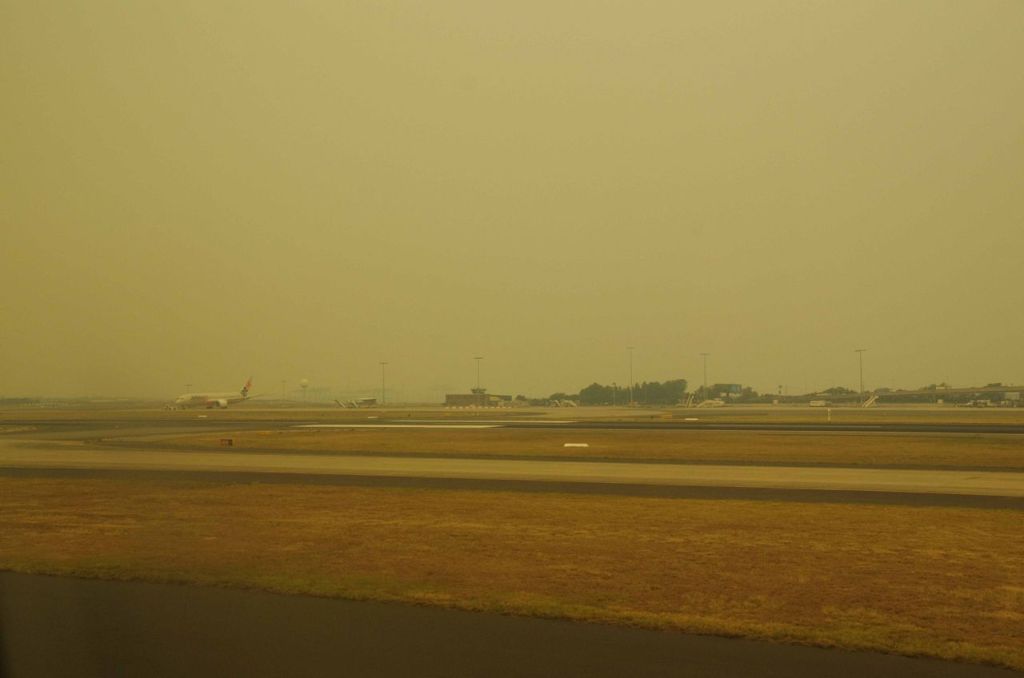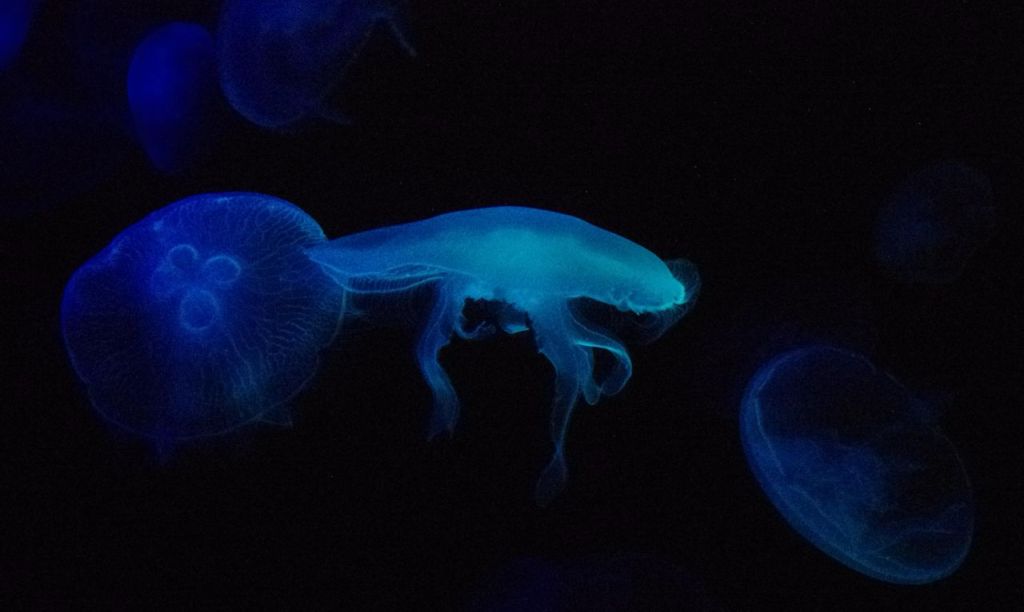
Another kind of bird can sometimes be seen at the Boat Harbour North Headland.
Read the rest of this entry »
Another kind of bird can sometimes be seen at the Boat Harbour North Headland.
Read the rest of this entry »
I visited the Port Stephens area with two associates with the hope of seeing a whale or two before seriously bad weather was expected to set in later this week.
Read the rest of this entry »Meerkats (Suricata suricatta) are indigenous to southern Africa.
Xhosa and his mob came from Taronga Western Plains Zoo to their new forever home at AWWP in 2021.
Read the rest of this entry »

The Koala (Phascolarctos cinereus) has been officially designated as Endangered in New South Wales, Queensland the Australian Capital Territory as of February 2022.
Read the rest of this entry »
The Red kangaroo (Osphranter rufus) is Australia’s largest living marsupial. Males of the species have reddish fur while females are grey (there are no females currently at the AWWP).

The Eastern grey kangaroo (Macropus giganteus ssp. giganteus) is the second largest living marsupial in Australia.
Read the rest of this entry »
On my first-ever visit to the Australia Walkabout Wildlife Park there was only one walleroo, and her name was Tegan. She is no longer with us, but there are now at least five of these animals at the sanctuary.
Compared to the Eastern Grey kangaroo, the Common Wallaroo has a squarer face, a shaggier coat and a pale-coloured tail. The feet are also much darker.
The darker wallaroo on the right is Texas, a male.

I flew out of Sydney during December 2019 and returned just under 3 weeks later. Black Summer had already commenced at this point and Sydney was a hot, windy, stinking, orangey hellscape.
It was pretty much the same when I returned, except for the burned eucalypt leaves — blown at least 70km from the fires where they originated — that I found in the yard.
Here are a few photos from the flight out.


These are some of the jellyfish on display at the S.E.A. Aquarium at Sentosa.


The Dyeing poison dart frog (Dendrobates tinctorius) is a single species with many forms, or a single species with many subspecies, or a collection of many different species — depending on whom you ask. According to Wikipedia, the species is distributed throughout the eastern portion of the Guiana Shield and Venezuela, including parts of Guyana, Suriname, Brazil, and nearly all of French Guiana.
The Yellow-banded poison dart frog (Dendrobates leucomelas) is found in Venezuela, Guyana, Brazil and Colombia.
The Marañón poison frog (Excidobates mysteriosus) hails from Peru.
These specific animals are housed at the S.E.A. Aquarium at Sentosa.
Read the rest of this entry »